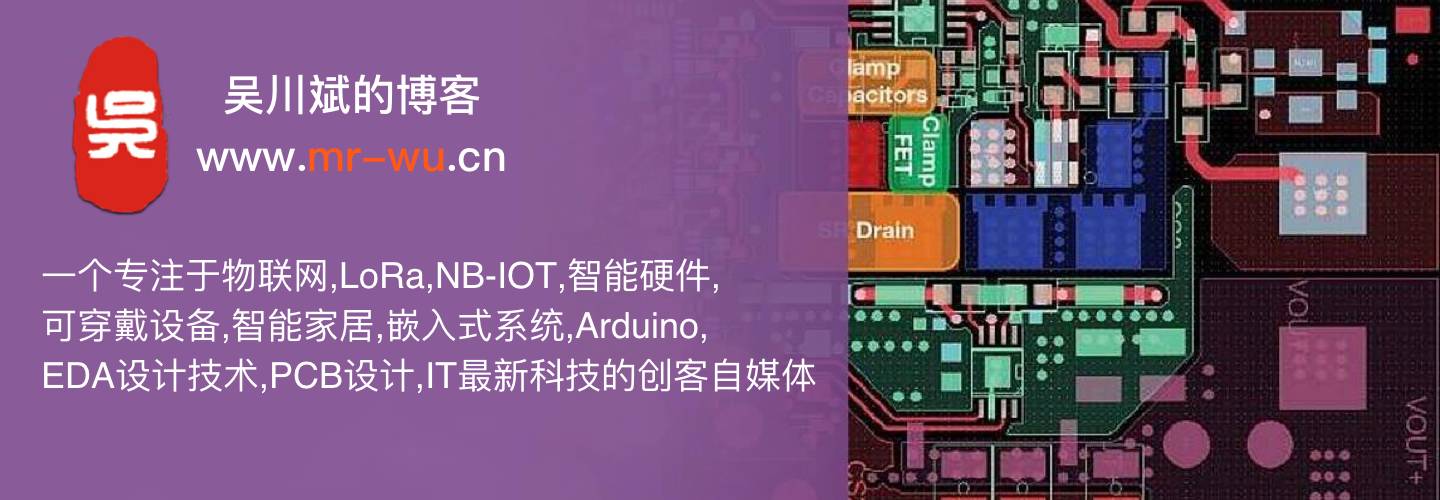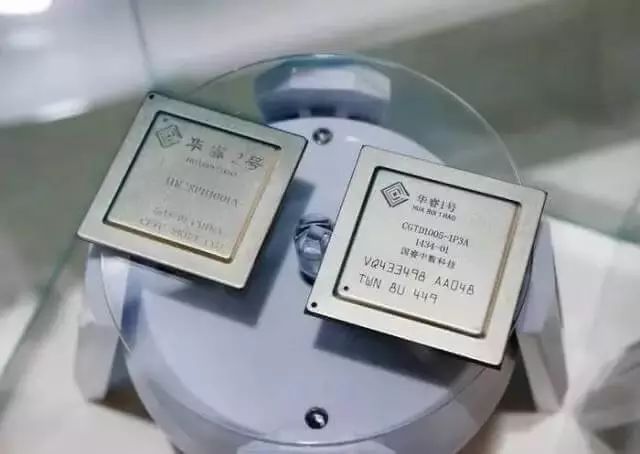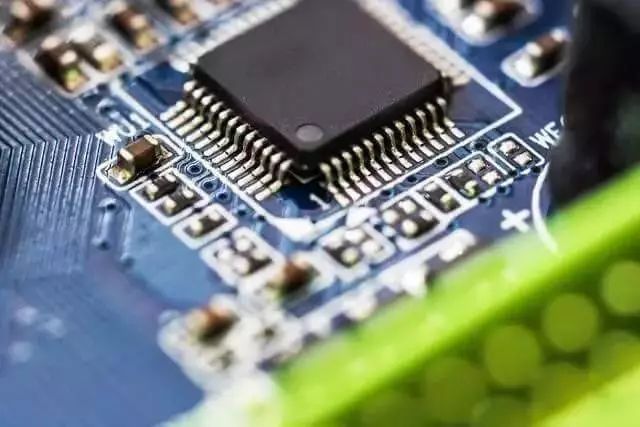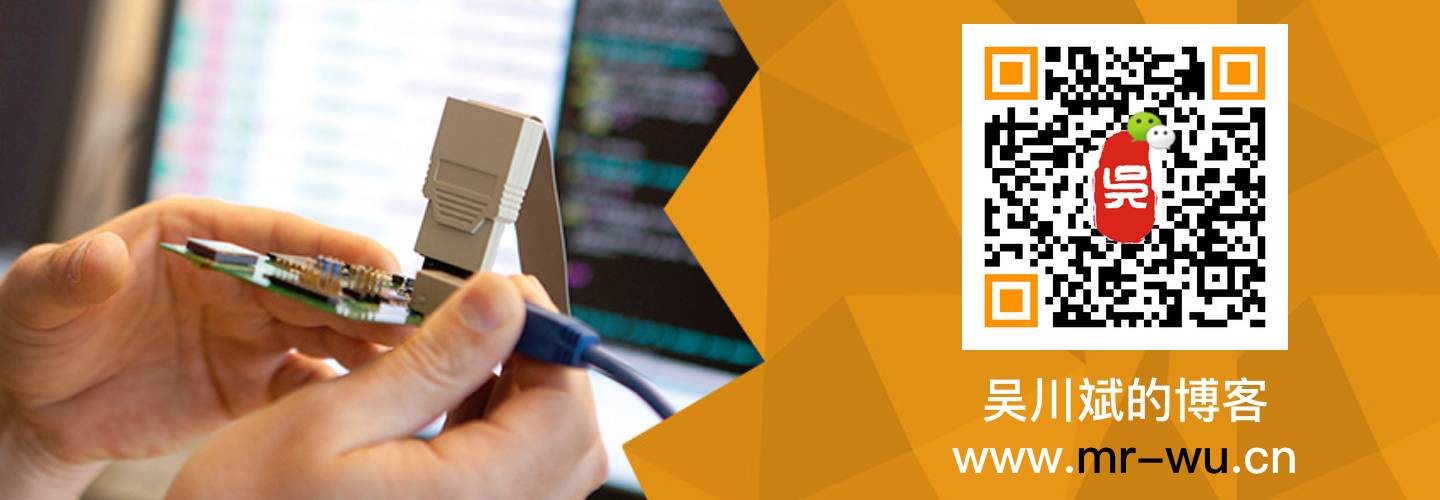
“Hua Rui No. 1” is the first domestically developed high-end quad-core DSP chip with international advanced levels, led by the 14th Research Institute of China Electronics Technology Group Corporation, filling the gap in China’s multi-core DSP field. After seven years of arduous efforts, the chip design, software development, platform development, and application verification have been successfully completed. Currently, the Hua Rui No. 1 signal processing platform has been successfully applied to more than ten types of radar products, marking a significant step towards the localization of high-end processing chips for China’s radar equipment.

From Elevators to Power Generation: Wide Applications
As a type of microprocessor with a special structure, DSP chips (Digital Signal Processing technology) have the ability to convert real-world signals (such as sound, light, pressure, or temperature) into information that can be processed by computers. Their uniqueness lies in their ability to process data in real-time. This real-time capability makes DSPs most suitable for applications that cannot tolerate any delay.
Therefore, currently, from elevator operation control to large-scale wind and solar power generation, and even flight control and artillery array control, DSP chips play an important role.
However, while DSP chips excel in computation, they are not adept at logical processing, which often necessitates their use in conjunction with other chips. This makes them the most common foundational components in fields such as communications, computing, and consumer electronics.
In recent years, thanks to the development of integrated circuits, DSP chips have also seen rapid advancements. In just over a decade, DSP chips have been widely applied in many fields such as signal processing, communications, and radar. Today, they have become one of the fastest-growing electronic products in integrated circuits and a decisive factor in the upgrade of electronic products.
Replacing with ‘Chinese Chips’: Significant Strategic Importance
As a key component of the information and communication industry, the scale and technological level of the semiconductor integrated circuit chip industry determine whether a country can gain an advantage in the global overall market environment, as well as the speed of transformation and development in several important industrial sectors.
The significance of domestic chips is self-evident, especially in the military sector. If the chips of important equipment rely on foreign supplies, not only will costs increase significantly, but there is also the risk of being subjected to foreign ‘strangulation’ style blockades.
 Chips are core components of radar and can be widely used in airborne, vehicle-mounted, and missile-mounted applications, in both civilian and military fields. The promotion and application of the ‘Hua Rui No. 1’ DSP chip not only fills the gap in China’s high-end multi-core DSP field, breaking the foreign technological blockade, but also has irreplaceable strategic significance for China’s military communications, radar processing, and navigation system equipment.
Chips are core components of radar and can be widely used in airborne, vehicle-mounted, and missile-mounted applications, in both civilian and military fields. The promotion and application of the ‘Hua Rui No. 1’ DSP chip not only fills the gap in China’s high-end multi-core DSP field, breaking the foreign technological blockade, but also has irreplaceable strategic significance for China’s military communications, radar processing, and navigation system equipment.
Accelerating Localization: Huge Development Space
It is reported that the application of the Hua Rui No. 1 processing platform in products has stabilized and has been successfully applied to more than ten types of radar products. At the same time, it has created three ‘mosts’ for domestic multi-core DSP chip products: the most application models in radar equipment, the most applications per unit, and the highest total number of applications.
 This means that China has achieved self-control in DSP technology. In the face of potential future conflicts, it can not only break the technological blockade and equipment embargo imposed by developed countries on China’s radar signal processing equipment but also further consolidate national security and achieve the localization of advanced weaponry.
This means that China has achieved self-control in DSP technology. In the face of potential future conflicts, it can not only break the technological blockade and equipment embargo imposed by developed countries on China’s radar signal processing equipment but also further consolidate national security and achieve the localization of advanced weaponry.
The breakthroughs and advancements in the chip industry are not easy, and China still faces issues such as high monopolies, large investments, and high barriers. The future path of China’s strong ‘chip’ strategy is clearly filled with challenges.
In fact, for a long time, the global market for DSP chips has been almost monopolized by foreign manufacturers, with Texas Instruments, Analog Devices, Motorola, and Qualcomm accounting for about 95% of the market share. Although there are many manufacturers in China’s DSP market, due to the late start of domestic R&D for civilian DSP chips, they still suffer from significant patent constraints.
However, China’s chip industry has now risen to a national strategic height, and companies like Sifang, Guorui, and Hite have achieved collaborative development in military and civilian markets with China Electronics. In the future, with the acceleration of DSP chip localization, there is a significant space for replacing existing imports.
